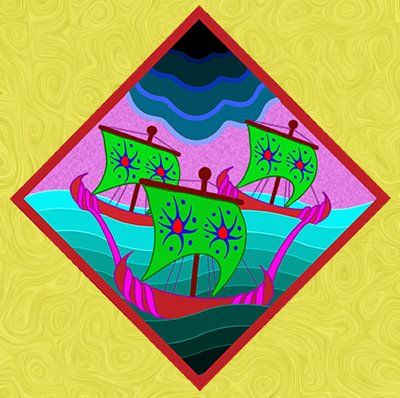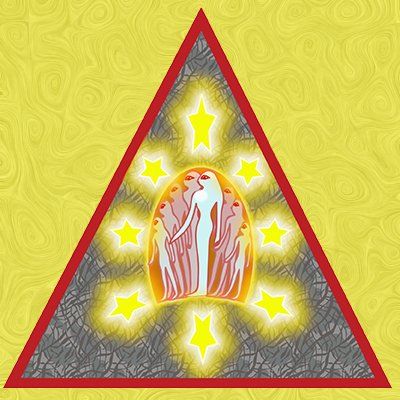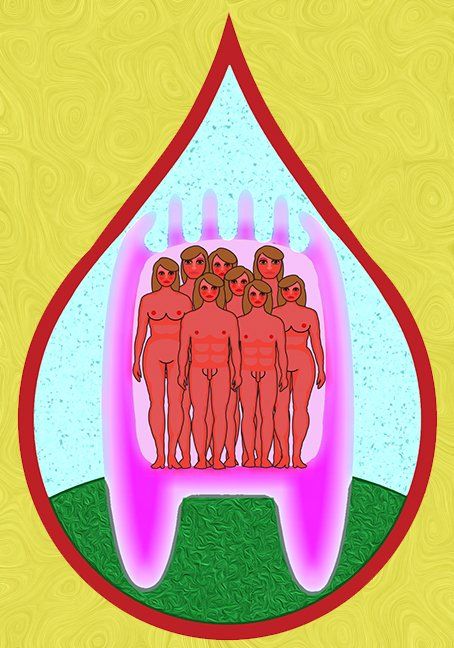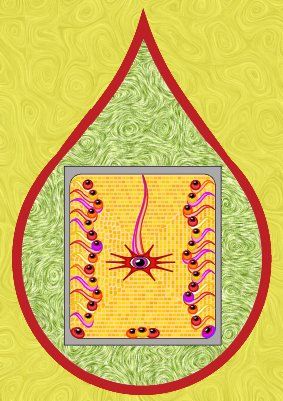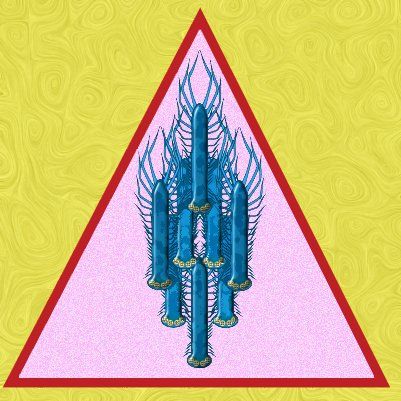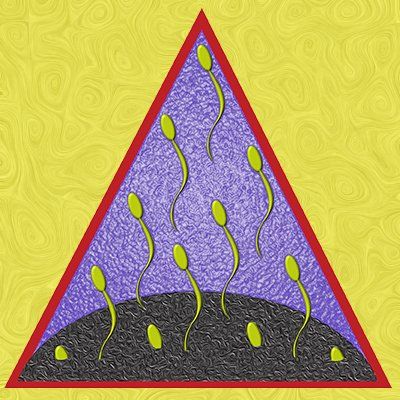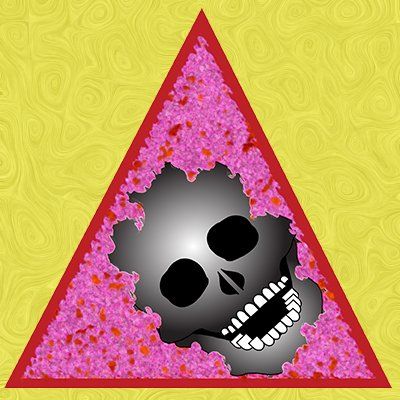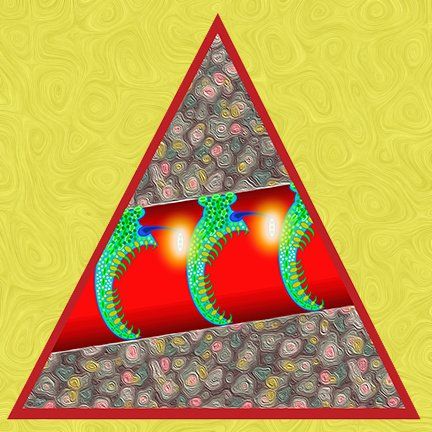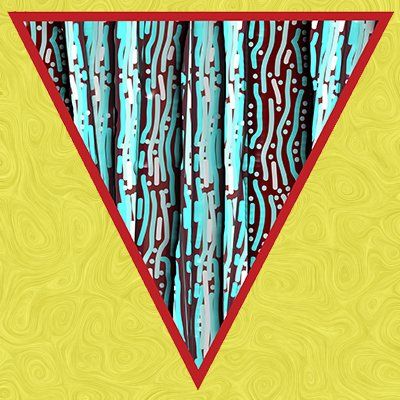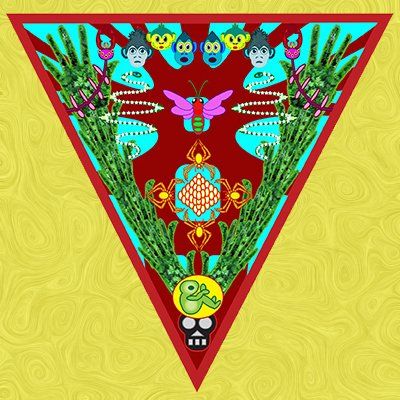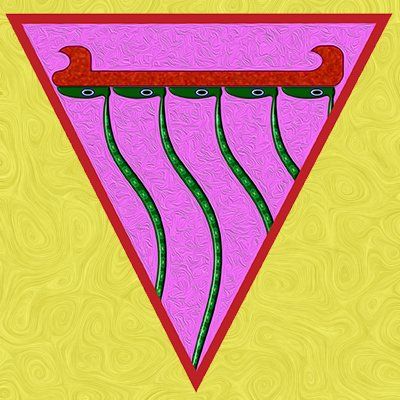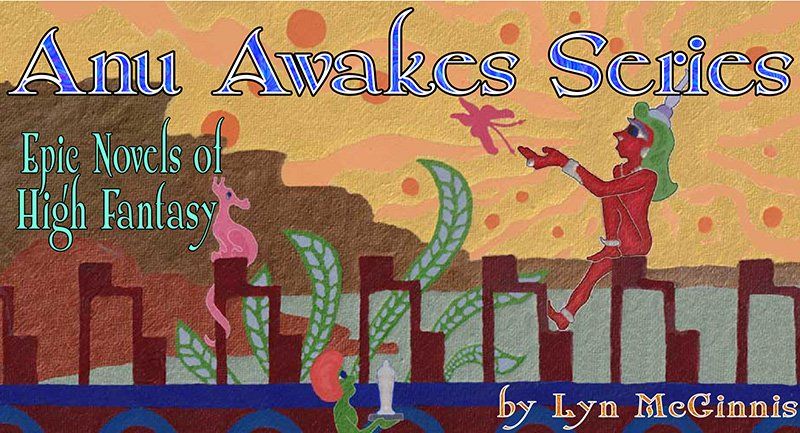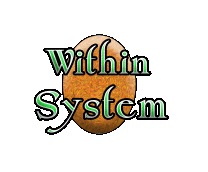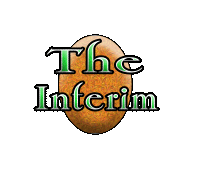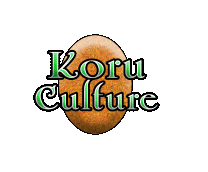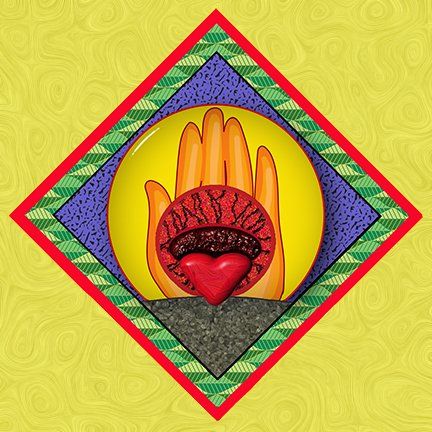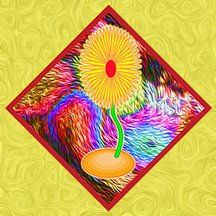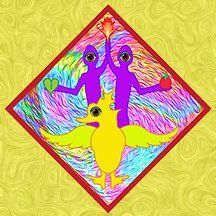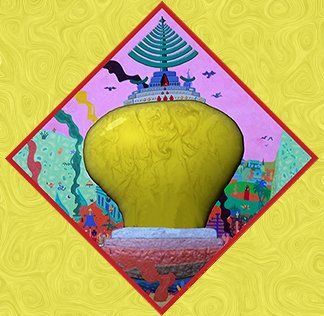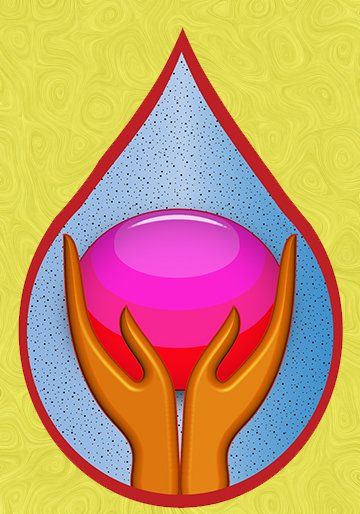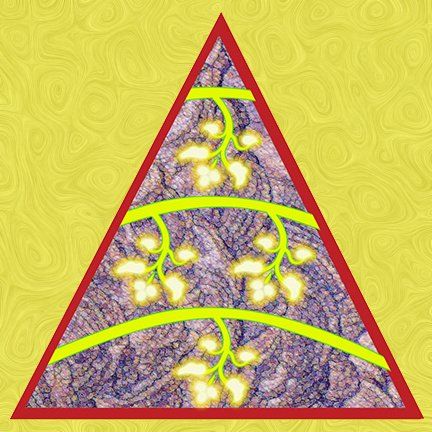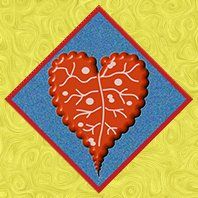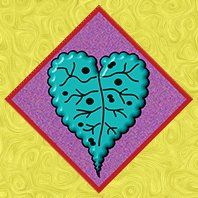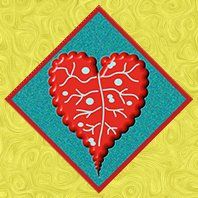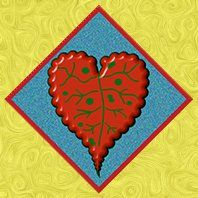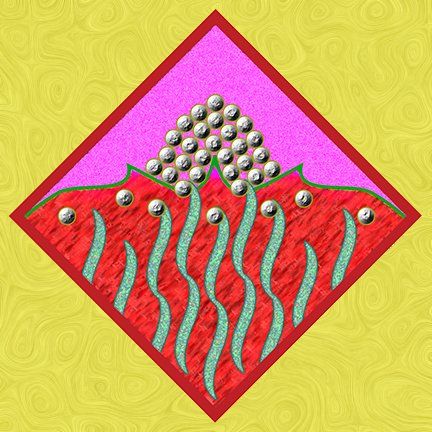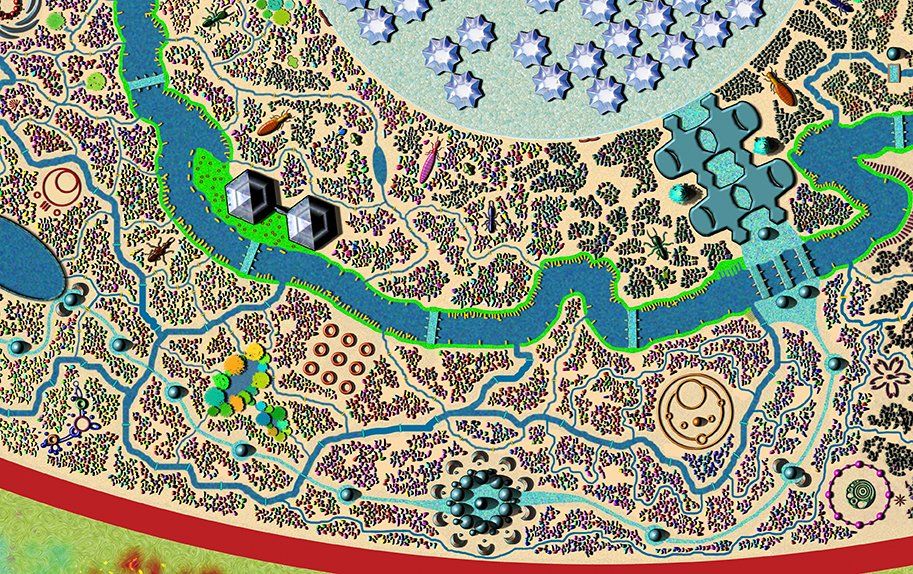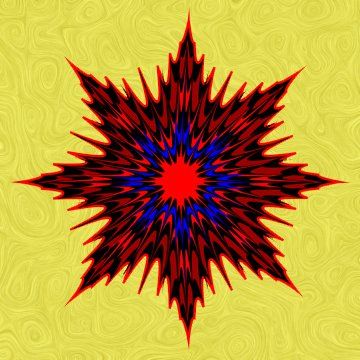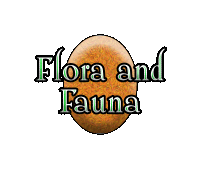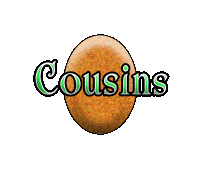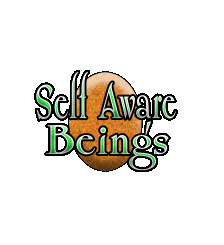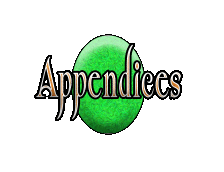
Before all else
Lustrum Mirror, Large bonded surface of reflective flesh, Focal point refuge and place of strength, Original Mirror survives with thousands more, Lustrum Mirror and the links to Dream Guides, Late Primary Epoch culture becomes early Secondary Epoch debate, Guardians forget Dream Guides, Amarel Mountain brings new appreciation and restraint
Primary Epoch remnants
Tatchlan Skin Patterning, Recovered Ones
Premier Class
Unique Creatures, Living Instrument Shell Intonation, Yom Sha, Instrument Manifests, The Link, Invocate-Instrument Link Essential
All other classes
Colonies: Healing Vat, Vat Classes, All Vats begin as Pre-Vats, Enriched Vat, Double-Ripened Vat, Mother Vat,Majastas Dissolution Vat, Multitude Dissolution Vat, Majastas absorbs vat, Vat Masters, Vat Masters employ Mother Vat eggs during emergencies, Healing Vat and Blood, Pre-Vats and Stillbirths, Vat’s as Anu quake warnings, Vat Circles, Salt Vats, Acoon, Sheshenara Nectar, Cohort Jelly, Shashelvan
Plants
Tuchus Vines, Larpana Time, Larpana Day Cycle, Larpana Night Cycle, Signs of coming Burning Blossom, Nara
Animals
Cousins, Shesha, Vima, Takshakutan, Lascivious Gains, Krall, Krall in History, Ninusay Web, Vilates, Dry Vilates, Wet Vilates
Plants/Animals
Upata Bulb, Bulb monitors health through feet, Living cluster compounds, Bulbs within Tatchlan, Sixty-Four Breeds of Bulbs, Bulbs form Encirclement society, Duets, Trios, Quartets, Quintets, Sextets, Septets, and Octets, Burning Blossom protection, Scent Separations and Upata Touched
Edifice Bureau Plant/Animals
Koru Insects and Insect Societies
Yakku Instruments
Tamaroth Forests, Gidalist, Mernet Tree, Mernet Balls, Waving Arms
Large bonded surface of reflective flesh
Eventually, they found the key they sought within the ‘Kingdom of Pain’ itself. By being of the same essence, the concentrations of self-absorption came to the surface of their inner bodies when standing on the seething surface of Indatubangus. Moreover, certain living materials, reflecting these early Master‘s faces back to them, also revealed these unsightly tubers. These reflecting elements were deemed to have an ‘affinity’ with these polyps and thus made them visible to all. It became known that reaching for these entities via these reflections allowed them to be captured in their hands and removed. This led to the earliest collective effort among this initial generation to fashion a large bonded surface of this reflective flesh. Those standing before it found they could make an inventory of all pockets of self-absorption and remove and cast them away one at a time. On rare occasions, this Mirror claimed particular items for themselves, pulling them in like a Consumption Monolith. In this way, the Lustrum Mirror, the first defining work of the emerging Tatchlan Masters, came to be.
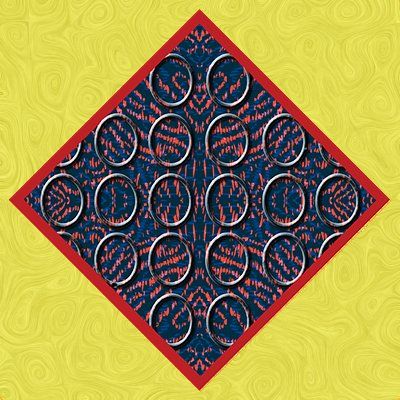
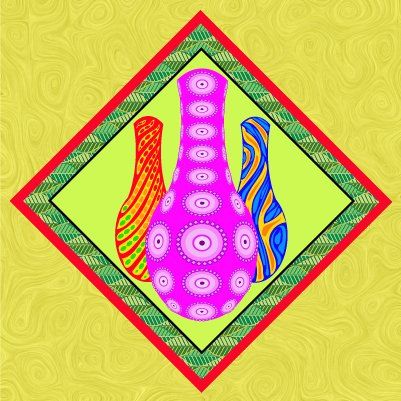
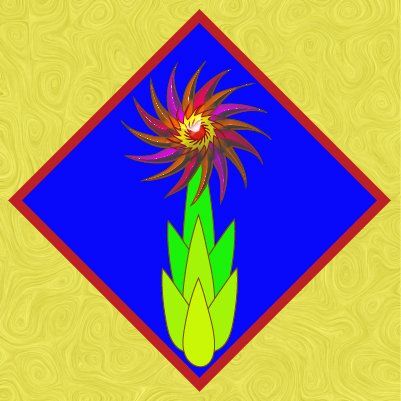

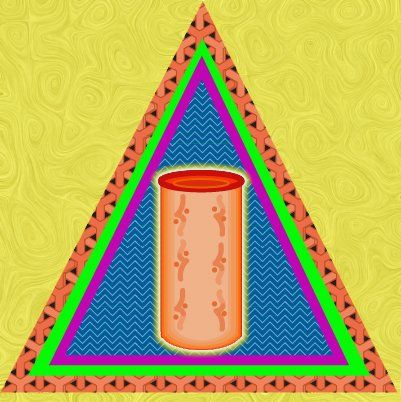
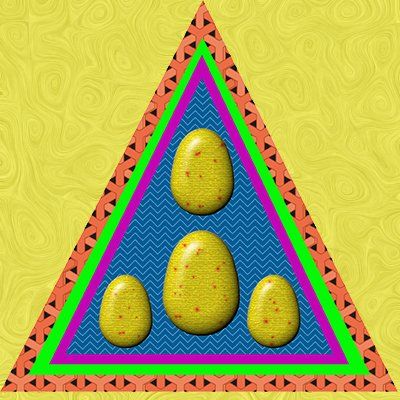
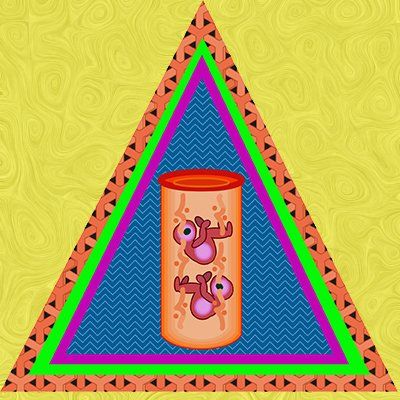
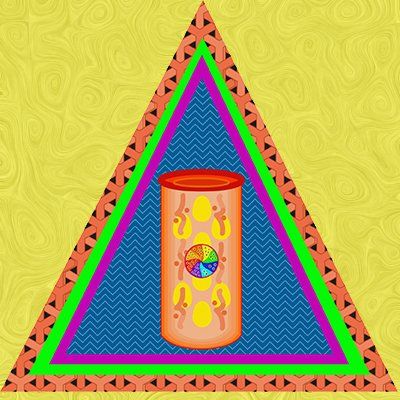
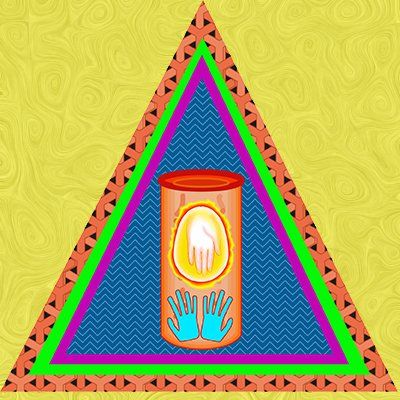
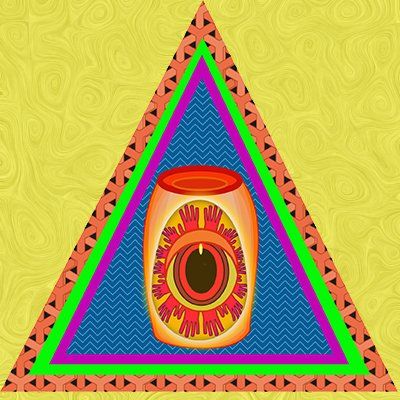
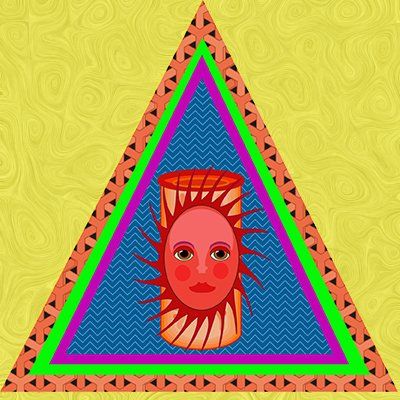
Majastas absorbs vat
While all Majastas briefly submerge portions of their Precious Bodies in vats to enrich them, and all float after their deaths, it is rare for a living Majastas to be completely submerged. By their Healing Blood, most Majastas seldom require such treatment. Under rare circumstances, often associated with a Burning Blossom Cycle or other direful events, Majastas may find themselves needing this service. Details of what subsequently transpires, while well documented, are seldom spoken of outside of the Majastas Cluster and select ministries. All announcements are made long after the ceremony is completed.
Simply stated, during this exceptional rite, the Majastas absorb the vat. Once the Majastas is immersed, a unique set of reactions occurs inside the skin membrane as it turns red with Majastas Blood. This is the only other time known as the ‘Offering Crown,’ usually only witnessed with their
Double’s Conclusive Offering, which extends beyond the lip.
Given that this is a single body, not an entire Circle of Eight, this is another signifier of the unique nature of this event. These manifestations are followed by the outer body wavering before shrinking to form the contours of the one inside it. Depending on the circumstances and malady ailing the Majastas, this astonishing transmutation may take place over a brief to an extended period. Once complete, all that remains is the Majastas, now covered in a glistening red coating that gradually diminishes to reveal a more extensive, rounder body. Tradition dictates a larger set of vestments as what they wore before will no longer fit. In a few cases, particularly with Majastas Betweens, they may now commence the process of growing into Giants over the following decade. In time, all residue of the vat sinks beneath the surface of the sleek new skin of the Majastas.
Numerous instances of this novel event occur with the Koru Majastas' first dynasties before the Danam Yelda's emergence and the generation of their Mantle. Only the most ancient and venerable of vats, often possessing specialties deemed needful for this unique situation, are chosen for this honour.
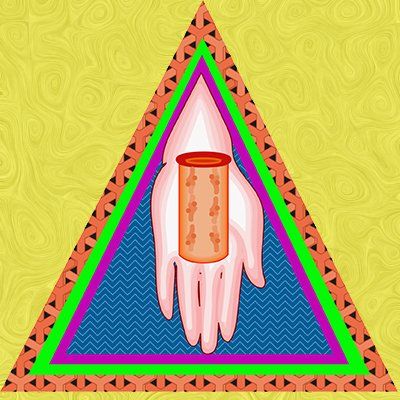
Vat Masters
These specialized clusters serve the Doubles and Vats Bureau of the Wellbeing Ministry within Farmer Enclaves. Their primary use is in the sheltering and nurturance of Cohort Doubles and their pre-vats, followed by subsequent generations tending to the Ripened Mother Vats and the timely distribution of their eggs to new Doubles. In addition to the precious Egg, other materials are sent, including an ornate glass cylinder containing a small quantity of Phantasm Spume for eventual use in the Double’s Conclusive Offering.
Elder Doubles within Farmer Enclaves, superintending this work and directing multiple initiatives, are given the title Pomona Elders. This is to honour the ancient Koru Pomona Clusters who brought the first Healing Vats into being during The Interim. In a single generation, many Operants and Doubles dwelling within Mount Rongu’s Chandara Grotto compressed the work of millennia into their fleeting lifespans to bring this new wonder to Anu. As such, this is seen as one of the deepest attainments of the Koru, profoundly impacting all future generations.
Vat Masters employ Mother Vat eggs during emergencies
On rare occasions, the Wellbeing Ministry is called on to address unusual circumstances within a cluster's Double and Healing Vat population. One such crisis is when a Double dies some distance away and cannot be returned in time, or her body is severely damaged or lost. Her customary Conclusive Offering to her Vat must be overseen by Vat Masters using what are termed ‘neutral’ eggs from Mother Vats. Such eggs may be produced quickly within their Farmer Enclaves, expediting their arrival to the affected cluster. Blood offerings of all or most members of her Circle-of-Eight and as many Maja and other Spokes of the Cluster Wheel of the deceased Double's cluster as possible are immediately fed to these eggs before they take the place of the missing body in the offering. This is an intricate operation. Great care is taken in the work and how it affects the cluster.
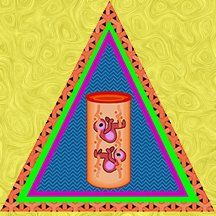
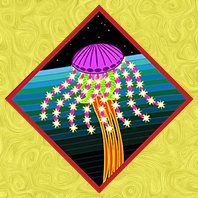
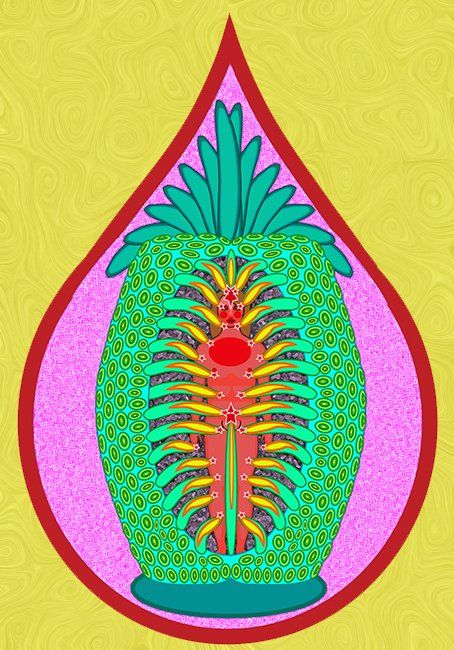
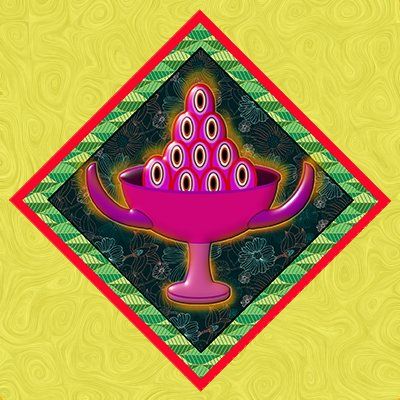
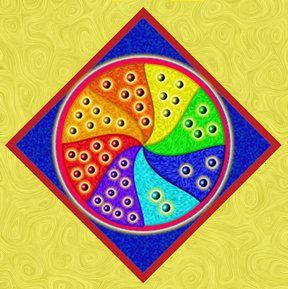
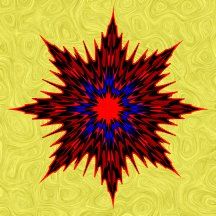
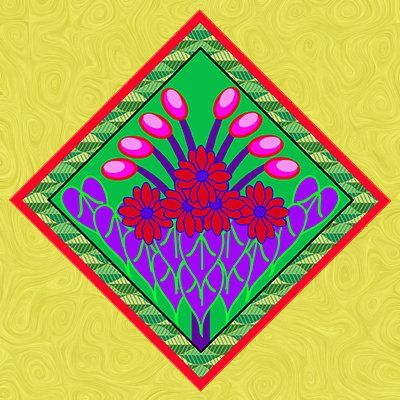
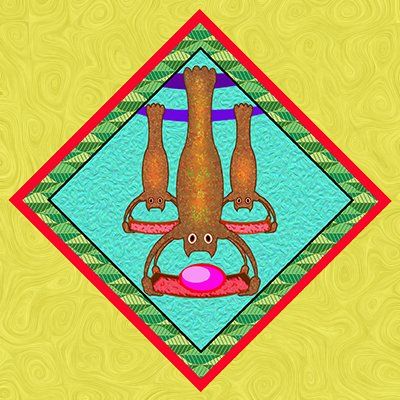
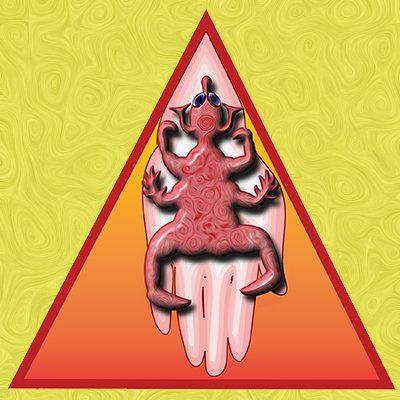
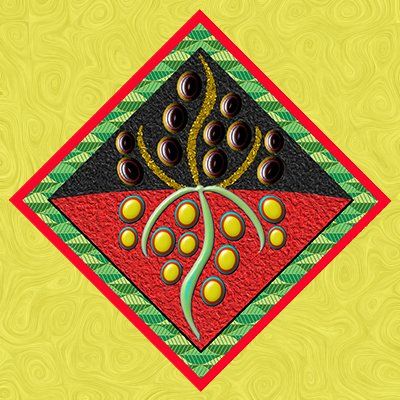
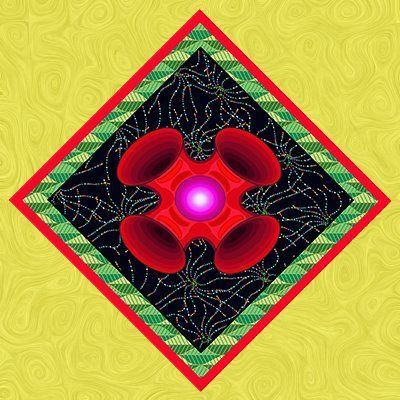
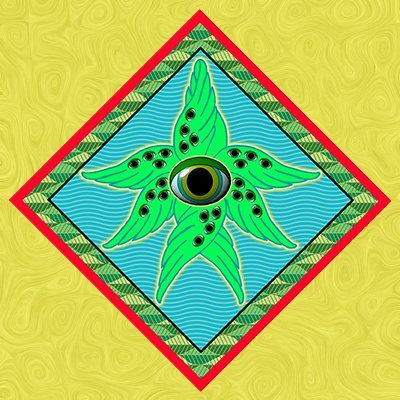
Their icon is another example of a very early Primary Epoch working. It displays a symbolic narrative of their being winged Eyes with the Majastas Eye guiding them at their core. This emphasizes how powerful and central a tool they were for the most-ancient Tolku and modern Koru and Yelda. How the Krall manifests within Tatchlan is somewhat different, being an oblong disk with a green wing attached at either end—hundreds of these float in slow circles within the Living System. Any Operant and many senior Invocates, skilled in their use, may seek out distant happenings with them.
